Attention all rural Flagstaff County and hamlet landowners: Got a service request, such as a sewer or road issue?
You can report it online through our website by clicking HERE.

Attention all rural Flagstaff County and hamlet landowners: Got a service request, such as a sewer or road issue?
You can report it online through our website by clicking HERE.
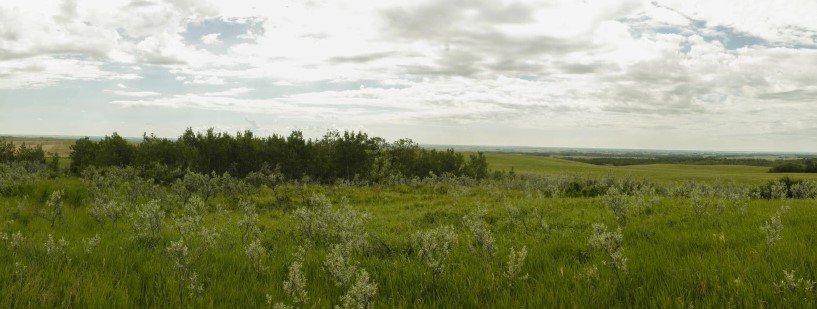
Flagstaff County has a rich history of Indigenous sites within our region. In fact, Flagstaff County gets its name from the region’s highest point, which the Cree referred to as Flag Hanging Hill. Legend has it that the hill, also known as Treaty Hill, was a popular gathering place for Indigenous people. It was also where Bishop Grandin met the Blackfoot and Cree, and forged peace between them.
Click HERE for more information.
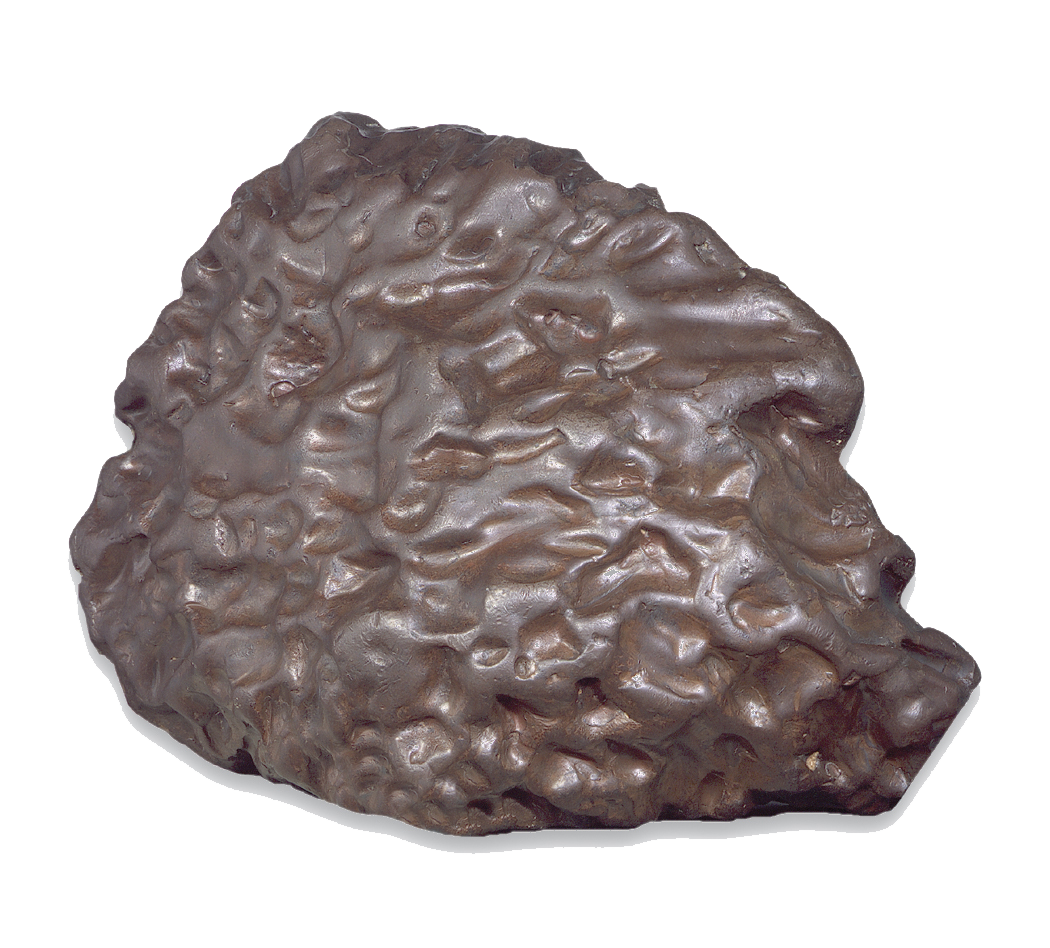 The Flagstaff Region was also home to Canada’s largest meteorite. Listed as weighing between 320 and 385 pounds, and measuring 50 to 60 cm in diameter, the Iron Creek Meteorite was located on a hilltop known as Strawstack Hill near the Iron Creek. The four-billion-year-old meteorite, also known as the Manitou Stone, consists mostly of pure iron. Early explorers noted that the ancient meteorite had great significance for the Indigenous in the region. Cree and Blackfoot made pilgrimages to it before bison hunts. The area around it became a gathering place for ceremonies. Tribal elders recognized its immense spiritual power, and felt it protected the people. The meteorite was removed sometime prior to 1869 by Methodist missionaries and placed at the Fort Victoria Mission near present-day Smoky Lake. After several relocations over the years, including Toronto, it is now housed in the Royal Alberta Museum in Edmonton.
The Flagstaff Region was also home to Canada’s largest meteorite. Listed as weighing between 320 and 385 pounds, and measuring 50 to 60 cm in diameter, the Iron Creek Meteorite was located on a hilltop known as Strawstack Hill near the Iron Creek. The four-billion-year-old meteorite, also known as the Manitou Stone, consists mostly of pure iron. Early explorers noted that the ancient meteorite had great significance for the Indigenous in the region. Cree and Blackfoot made pilgrimages to it before bison hunts. The area around it became a gathering place for ceremonies. Tribal elders recognized its immense spiritual power, and felt it protected the people. The meteorite was removed sometime prior to 1869 by Methodist missionaries and placed at the Fort Victoria Mission near present-day Smoky Lake. After several relocations over the years, including Toronto, it is now housed in the Royal Alberta Museum in Edmonton.
Click HERE for more information.
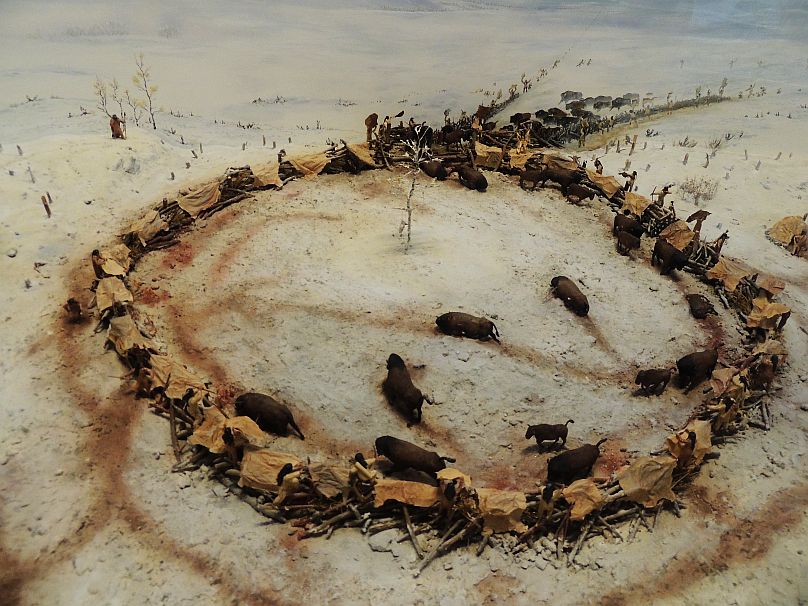 An archeological wonder, the Hardisty Bison Pound was discovered on the eastern edge of our County. Bison pounds were used as a common form of hunting on the Plains. Bison would have been herded into an enclosure (consisting of distinct landforms and a fence) to be slaughtered. In the case of the Hardisty Bison Pound, the Battle River valley and the surrounding hills combined to serve as a funnel for bison herds. Between 2008 and 2014, five separate archeological excavations took place at the Hardisty Bison Pound and an adjacent campsite. These two sites, located across the Battle River east of Hardisty, were excavated when discovered during construction at the Hardisty Terminal. Dates obtained from the site show that the latest and most intense occupation took place between 1,200 and 800 years ago. The site is of great interest because of the numerous rare artifacts present. There were 45,000 artifacts excavated, catalogued and stored at the Royal Alberta Museum from this find.
An archeological wonder, the Hardisty Bison Pound was discovered on the eastern edge of our County. Bison pounds were used as a common form of hunting on the Plains. Bison would have been herded into an enclosure (consisting of distinct landforms and a fence) to be slaughtered. In the case of the Hardisty Bison Pound, the Battle River valley and the surrounding hills combined to serve as a funnel for bison herds. Between 2008 and 2014, five separate archeological excavations took place at the Hardisty Bison Pound and an adjacent campsite. These two sites, located across the Battle River east of Hardisty, were excavated when discovered during construction at the Hardisty Terminal. Dates obtained from the site show that the latest and most intense occupation took place between 1,200 and 800 years ago. The site is of great interest because of the numerous rare artifacts present. There were 45,000 artifacts excavated, catalogued and stored at the Royal Alberta Museum from this find.
 Located on the highest hilltop 15 miles to the northwest of Strawstack Hill south of Highway 14, are two quartzite boulders known as the Viking Ribstones. The ribstones were carved by ancient Indigenous people as a monument to Old Man Buffalo, the spirit protector of the buffalo herds. Indigenous people left offerings at ribstones for good luck in hunting and to give thanks for a successful hunt. Today, their descendants continue this practice with offerings of tobacco. Ribstone sites are very rare – only nine have been found in Alberta. The Viking Ribstones are especially significant as they are still in their original setting.
Located on the highest hilltop 15 miles to the northwest of Strawstack Hill south of Highway 14, are two quartzite boulders known as the Viking Ribstones. The ribstones were carved by ancient Indigenous people as a monument to Old Man Buffalo, the spirit protector of the buffalo herds. Indigenous people left offerings at ribstones for good luck in hunting and to give thanks for a successful hunt. Today, their descendants continue this practice with offerings of tobacco. Ribstone sites are very rare – only nine have been found in Alberta. The Viking Ribstones are especially significant as they are still in their original setting.
The Reeve starts each Council meeting with the following acknowledgement of Treaty 6 Territory: “I’d like to acknowledge that we are on Treaty 6 territory, a traditional meeting ground, gathering place, and travelling route to the Cree, Saulteaux (So-toe), Blackfoot, Métis, Dene (De-nay) and Nakota Sioux (Sue). We acknowledge all the many First Nations, Métis, and Inuit whose footsteps have marked these lands for centuries.”
There are 11 numbered treaties across Canada, with Treaties 6, 7 and 8 encompassing most of Alberta. The Treaties are constitutionally binding agreements between sovereign nations that set out the conditions for a peaceful alliance and the extinguishment of title from First Nations, from the Crown’s perspective. From the perspective of Indigenous people, treaties are built on an assumption of a respectful, cooperative and bilateral relationship between Indigenous and non-Indigenous peoples. Treaties outline the rights, benefits and obligations of the signing parties to each other. The treaties in Canada are between the Crown and signing First Nations and reflect the worldviews and understanding of identity of the signing peoples (First Nations treaties in Alberta: Treaty 6).
Treaty 6 covers the central-west portions of present-day Alberta and Saskatchewan. It was first signed on August 23, 1876 at Fort Carlton and on September 9, 1876 at Fort Pitt, Saskatchewan between the Crown, Cree, Chipewyan and Stoney nations. First Nations signatories to Treaty 6 were assured that they were agreeing to share the land and its resources rather than to completely surrender it to the Crown (First Nations treaties in Alberta: Treaty 6). An important step in reconciliation is the acknowledgment of traditional treaty land and recognition for people of the territory. Events, gatherings and meetings should all begin with a verbal acknowledgement (Indigenous Land Acknowledgements).
“Spanning generations, acknowledgement of the land is a traditional custom of Indigenous peoples when welcoming outsiders onto their land and into their homes. To build respectful relationships, acknowledging the land is an important part of reconciliation. It honours the authentic history of North America, its original people and tells the story of the creation of this country that has historically been missing.”
– The Calgary Foundation

From Facebook and Twitter to YouTube and Instagram, Flagstaff County takes pride in having a strong and engaging social media presence. The various platforms have proven to be very effective for sharing information of public interest with our residents, businesses and visitors. We also value the opportunity for the two-way dialogue that social media sites provide.
While these are all open forums, they are also family-friendly and we ask that you follow our general posting guidelines.
Those violating these guidelines will have their access to these social media sites removed.

All individuals and companies hauling more than ten (10) loads per day on Flagstaff County roads are required to procure a Multiple Load Road Use Agreement through RoaData Services Ltd. For more information, please click HERE.
(Note: Please keep in mind that our seasonal crews will be out working on our roadways and to use extreme caution while travelling on these roads while they are being maintained in any way. We thank you in advance for your cooperation. Also keep in mind that projects may be delayed due to wet weather.)
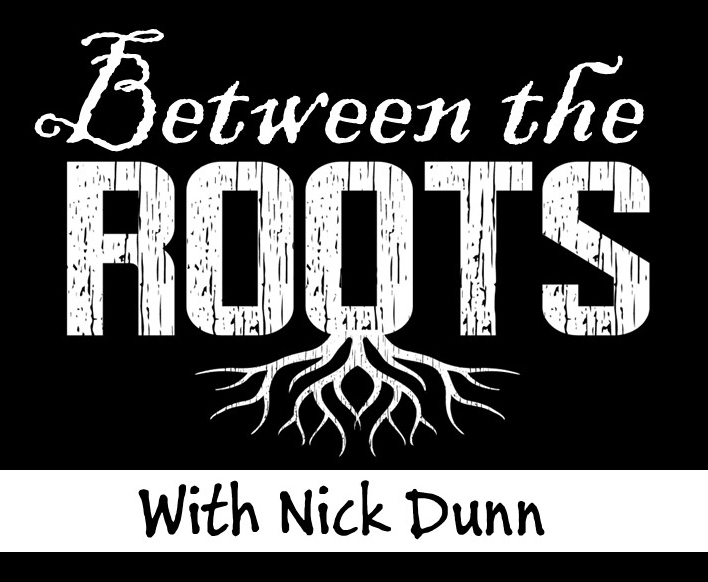
Grow your knowledge about all things agricultural in Flagstaff County!
Look for Nick’s column in the print edition of The Community Press. Past columns are archived below.

It takes investment to build community. Flagstaff County — the “Community of communities” — contributed more than $6.5 million last year in support of a variety of activities and services.
Here is a breakdown of regional funding the County provided in 2024.
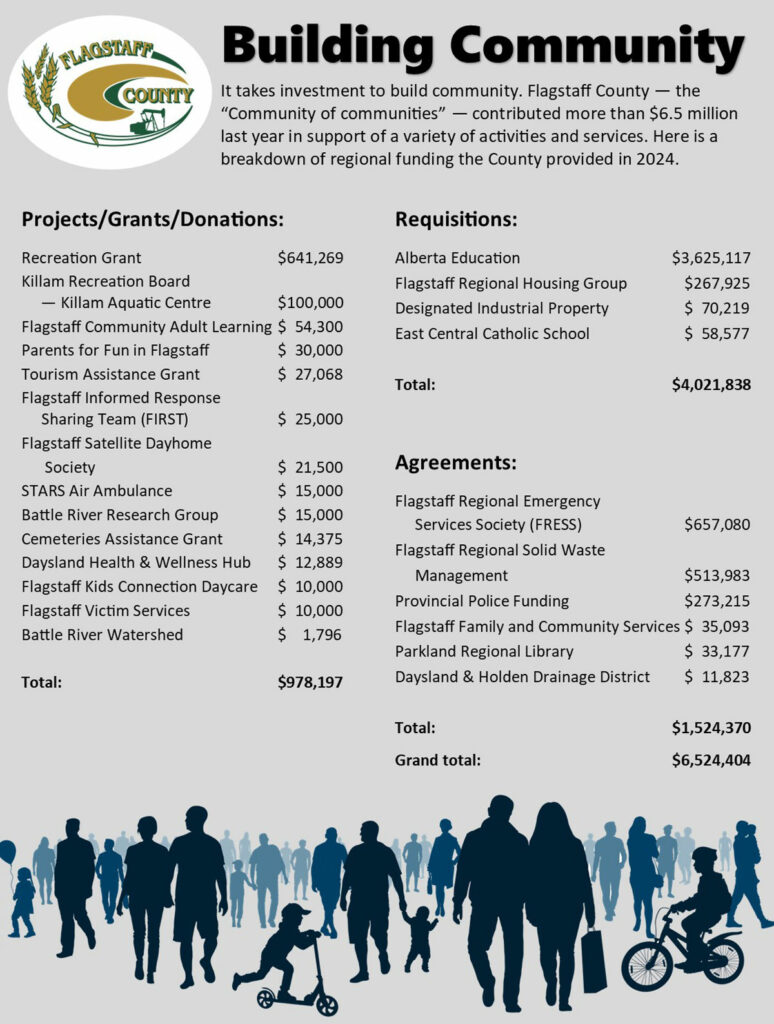
Click below for County funding in previous years:
Flagstaff County uses two logos: the Flagstaff County Corporate logo and the Flagstaff Region Brand logo.
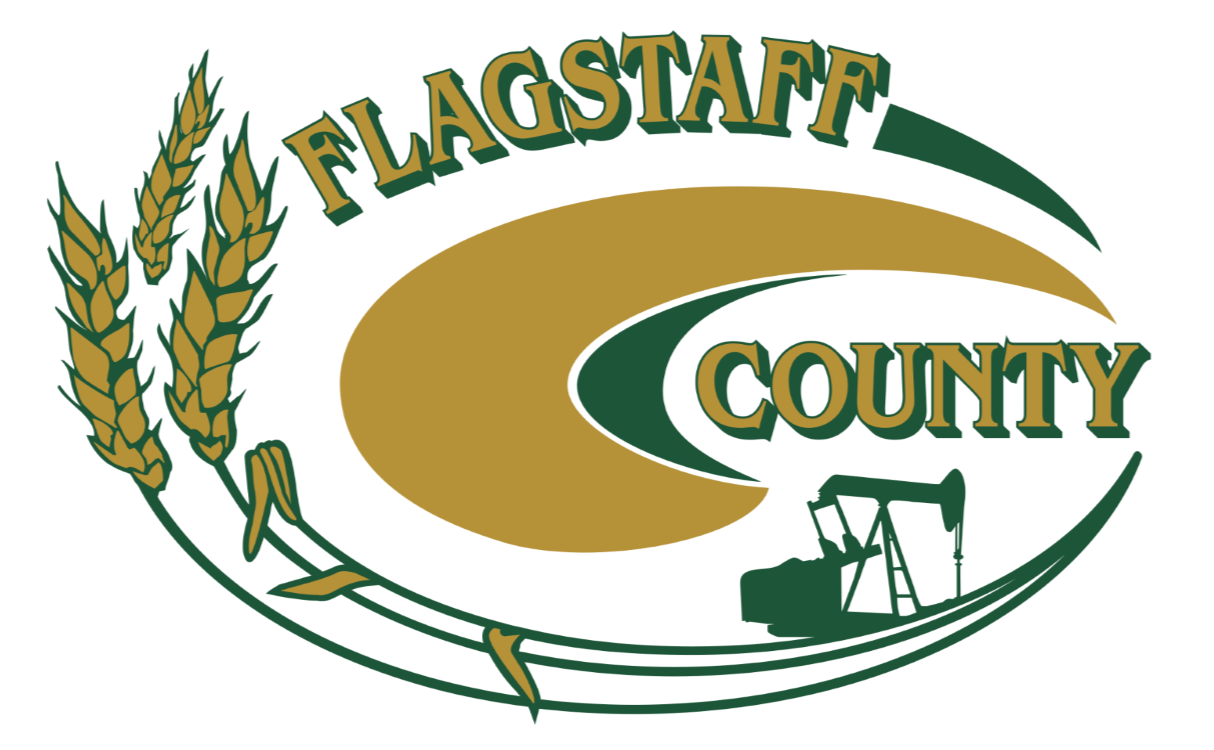 The Flagstaff County Corporate logo prominently features the two primary industries. A sheaf of wheat represents the long-dependable agricultural base, while a silhouetted pump jack symbolizes the strong oil and gas sector. This logo was established in 1998, a year after the County opted to change its name from County of Flagstaff No. 29 and then subsequently held a contest to create a new County crest. This logo is used to market the image and services of the municipality.
The Flagstaff County Corporate logo prominently features the two primary industries. A sheaf of wheat represents the long-dependable agricultural base, while a silhouetted pump jack symbolizes the strong oil and gas sector. This logo was established in 1998, a year after the County opted to change its name from County of Flagstaff No. 29 and then subsequently held a contest to create a new County crest. This logo is used to market the image and services of the municipality.
 Meanwhile, the Flagstaff Region Brand logo features carefree and simple paint strokes that represent the ‘free’ feeling of wide open prairie skies. The long brush stroke represents vast open space. The large upper stroke represents wide open skies. Combined, the effect is loosely that of a “flag” waving in the breeze. The logo was established in 2015 in consultation with Twist Marketing and the Flagstaff Region communities, businesses and residents. The Flagstaff Region Brand logo differentiates the Flagstaff Region from other municipalities within East Central Alberta for the purpose of marketing and communications related to economic development and tourism both inside and outside of the Flagstaff Region.
Meanwhile, the Flagstaff Region Brand logo features carefree and simple paint strokes that represent the ‘free’ feeling of wide open prairie skies. The long brush stroke represents vast open space. The large upper stroke represents wide open skies. Combined, the effect is loosely that of a “flag” waving in the breeze. The logo was established in 2015 in consultation with Twist Marketing and the Flagstaff Region communities, businesses and residents. The Flagstaff Region Brand logo differentiates the Flagstaff Region from other municipalities within East Central Alberta for the purpose of marketing and communications related to economic development and tourism both inside and outside of the Flagstaff Region.
To ensure consistency in promoting these images, permission is required to utilize either logo for any use outside of this organization.
Please note that these logos are protected under Canadian Crown copyright and also qualify as official marks under the Canadian Trademarks Act.

By Nick Dunn
Clubroot is a serious soil-borne disease that can’t be taken lightly; it is classified as a pest under the Alberta Agricultural Pests Act. Negligence is no way to overcome it.
Within the Alberta Clubroot Management Plan, it is the Flagstaff County Agriculture Service Board’s responsibility to conduct annual surveys to monitor the spread and resistance breakdown of clubroot. Here in Flagstaff, we are a major producer of canola, and we rely heavily on the broadleaf to fit within our crop rotations. Each year, we will conduct a survey with appointed pest inspectors throughout all 48 townships in the County. These surveys consist of four fields in each township selected at random and are surveyed with methods approved from the Alberta Clubroot Management Plan. Test samples are sent to a lab for clubroot pathogen DNA testing. If a clubroot sample is found positive, the landowner will be notified by the Agricultural Fieldman through a Notice to Control Pests and all adjacent landowners will be notified of the infestation as well. The main restriction within the notice is that the producer must keep the infected field free from brassica family plants due to their host ability. This includes mustard, cabbage family vegetables, and even some weeds that can be a host such as stinkweed and shepherd’s purse.
The original source of clubroot is unknown. During the 1970s, in the Edmonton area, the disease was first identified within small gardens, and in 2003, everything changed. It was reported that the first field of clubroot was detected in Sturgeon County, and this proved that we had failed to implement the best management practices right from the start. It has since evolved and spread, making an economic impact on our mustard production system, affecting the yield, quality and in extreme cases, causing crop loss.
Clubroot is spread through resting spores within the soil; on a single lateral canola root, one gall can be loaded with up to 2 million spores and can survive for up to 20 years. The main methods of spreading are through machinery, soil and water erosion, wind, and even seed dust. What scares me the most are custom applicators. One piece of machinery spread over various land locations and landowners could lead to the expansion of it across their areas, causing a snowball effect in a relatively short period. It is hard to detect clubroot without getting your hands dirty and pulling plants for root inspection. Looking at the crop canopy. If you notice patches of discoloration or delayed maturity that is like drought stress, other disease infestation, or nutrient deficiency, you should consider further scouting and testing.
So, what can we do about it? The best management practice is sanitization. This is a laborious method, but effective. I’ve been told that it is not possible to wash equipment after use, but it is possible, and we see this within the oilfield industry. If we know we have it, and its lifespan is 20 years, it might be in your best interest to sanitize coming out of that field. The other practice we can use is growing multi-genetic clubroot-resistant varieties and incorporating a one-in-four-year rotation.
Not only has clubroot evolved, but so has the science behind it. Take this into consideration when it comes to variety selection. Other ways to mitigate the spread are minimizing vehicle traffic, avoiding the use of straw, direct seeding, monitoring, and using new approaches.
Nick Dunn is Flagstaff County’s Agricultural Fieldman. He can be reached via email at: ndunn@flagstaff.ab.ca or by phone at: 780-384-4138.